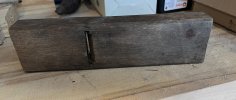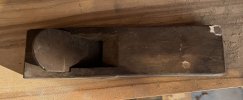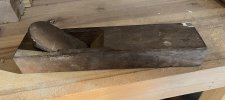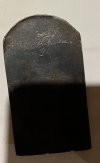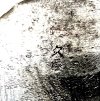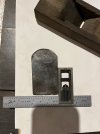My google search leads me to Japanese hand plane, but the one I have doesn’t have the metal “bar” against the blade. The iron in the below hand plane is just wedged in place.
Any ideas if this might be something someone made imitating a Japanese hand plane?
There aren’t any markings. I think the body is white oak. As rough as it looks, the blade still cuts.
Any ideas if this might be something someone made imitating a Japanese hand plane?
There aren’t any markings. I think the body is white oak. As rough as it looks, the blade still cuts.

